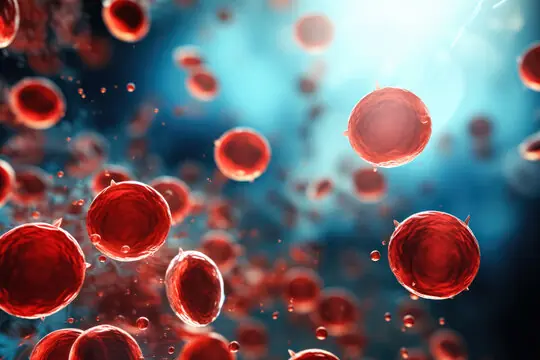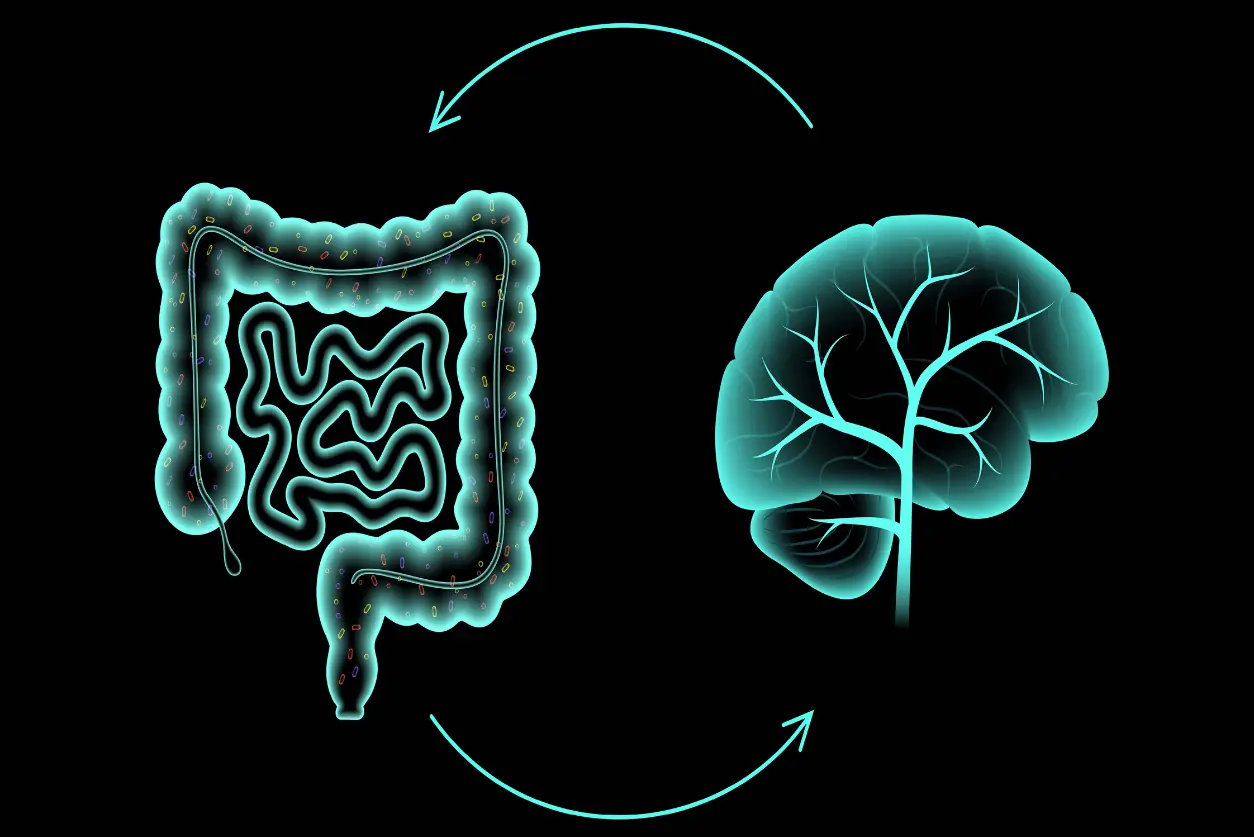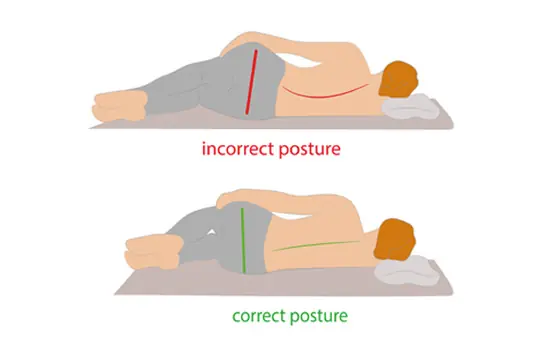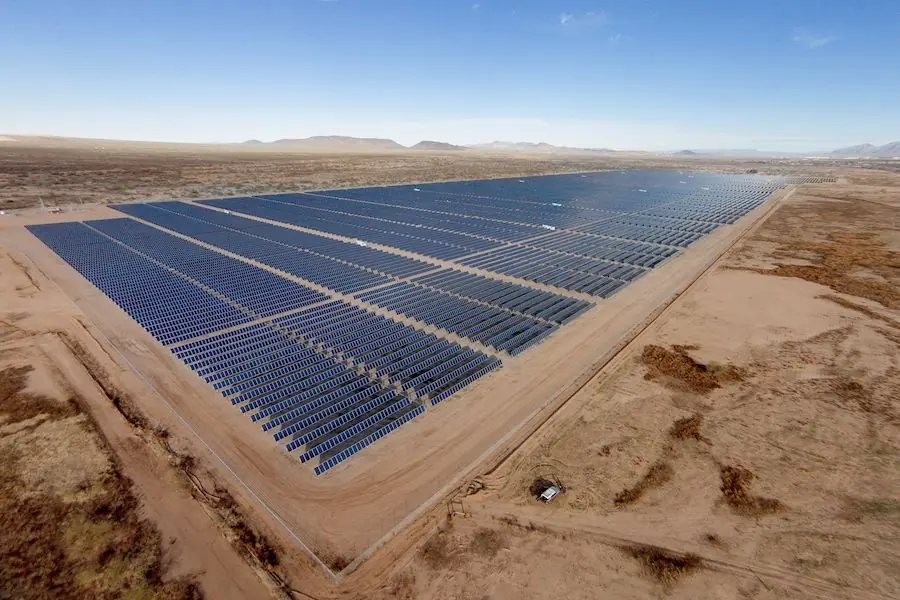
Researchers Reveal How Long It Takes To Grow Muscle When Lifting Weights
Building muscle is a goal shared by athletes, fitness enthusiasts, and health-conscious individuals around the world. But one question continues to arise in gyms, locker rooms, and online forums: How long does it really take to grow muscle when lifting weights? While the answer depends on various factors like genetics, training style, nutrition, and consistency, researchers have conducted numerous studies to provide a general timeline—and the findings might surprise you.
According to sports scientists and physiologists, muscle growth (also known as hypertrophy) can begin to occur as early as 2 to 4 weeks after starting a weightlifting program. However, visible changes in muscle size usually take 8 to 12 weeks of consistent training. This timeline assumes that the individual is following a well-structured program, eating enough protein and calories, and getting adequate rest.
In the first few weeks of resistance training, most of the strength gains people experience are not due to bigger muscles, but rather neurological adaptations. Essentially, your nervous system becomes more efficient at recruiting muscle fibers and coordinating movement. This means that even if your muscles don’t look much bigger yet, they’re already working more effectively.
True hypertrophy begins to accelerate after this initial phase. A study published in the Journal of Applied Physiology found that individuals who trained 3 to 5 times per week using moderate to heavy weights began to show measurable increases in muscle cross-sectional area after about 8 weeks. By 12 weeks, these gains became more noticeable both in measurements and appearance.
But not all muscle growth is equal. Researchers emphasize the importance of progressive overload—the gradual increase in weight, reps, or intensity—to continue stimulating muscle fibers. Without it, the body adapts, and growth plateaus. Other key factors include protein intake, which should typically range from 1.6 to 2.2 grams per kilogram of body weight per day, and recovery time, which allows muscles to repair and grow after workouts.
Age, gender, and genetics also play a role. Younger individuals and males, who have higher levels of testosterone and growth hormone, may experience faster muscle growth than older adults or females. However, this doesn’t mean others can't achieve significant progress—it simply requires more time and attention to recovery and nutrition.
Interestingly, researchers also found that muscle growth isn’t always linear. Some individuals may experience rapid gains in the beginning, followed by slower progress later, while others may grow gradually over time. This variation makes it essential to track progress, stay patient, and remain consistent, even when visible results seem slow.
It’s also worth noting that overtraining or improper technique can hinder progress and lead to injury. Studies highlight the importance of training smart—not just hard. That means incorporating proper warm-ups, form, and rest days into your routine.
In conclusion, while there’s no magic number that applies to everyone, science suggests that you can expect noticeable muscle growth within 2 to 3 months of regular, structured weightlifting. With the right approach—focusing on training, diet, and recovery—your efforts will pay off over time. Building muscle is not just about lifting weights; it’s about lifting with purpose, consistency, and care. So be patient, trust the process, and remember: real strength takes time.
News in the same category


White Clover (Trifolium repens): 15 Benefits and Homemade Uses

Breakthrough Protein Combo Could Heal Heart Damage and Regenerate Organs

Head Injuries May Reactivate Dormant Viruses and Trigger Alzheimer’s-Like Brain Damage

How Blood Production Changes After 70: New Research Reveals a Surprising Shift

What Is Acid Reflux? Causes, Symptoms, and How to Prevent GERD

AI and Eye Scans: A Breakthrough in Fast, Accurate ADHD Diagnosis

Early Signs of Heart Disease: What Chest Pain, Shortness of Breath, and Swollen Legs Could Mean

Groundbreaking Nanoparticle Technology Reverses Parkinson’s Disease in Stunning Study

This Psychedelic Root from Brazil May Be Able to Treat Depression

Waking Up After 6 Hours of Sleep? Here's Why—and Whether It’s Enough

How Your Gut Bacteria Influence Your Mood, Thoughts, and Mental Health

The Hidden Cost of Anger: How One Minute of Rage Can Weaken Your Immune System for Hours

7 Benefits of Papaya Seeds & How to Consume Them Correctly

Cinnamon Tea: A Timeless Beverage for Health and Wellness

How Sleeping on Your Left Side Can Boost Your Health, According to Science

Sleeping Naked: Surprising Health Benefits Backed by Science

Red Dots on Your Skin? Why You Shouldn’t Ignore These Early Signs of Scabies

10 Best Foods To Support Digestive and Gut Health
News Post

🧄🌿 Natural Remedy for Leg Pain, Rheumatism, Varicose Veins & Arthritis with Cloves and Garlic

Modern House Fires Burn Faster: Why You May Have Only 3 Minutes to Escape

White Clover (Trifolium repens): 15 Benefits and Homemade Uses

A Mom of 7 Demanded My Deaf Grandpa Get Out of the Elevator—So I Brought Her Back to Reality

Could the Sahara Desert Power the Entire World with Solar Energy?

Breakthrough Protein Combo Could Heal Heart Damage and Regenerate Organs

Head Injuries May Reactivate Dormant Viruses and Trigger Alzheimer’s-Like Brain Damage

How Blood Production Changes After 70: New Research Reveals a Surprising Shift

My Ex-husband Got Our House, Car and All Our Money After Divorce – I Laughed Because That Was Exactly What I Planned

My Husband Cheated on Me With Secretary, Then Karma Crushed Him Back

My Husband Didn't Meet Me at the Hospital Discharge with Our Newborn – When I Found Out His Reason, I Went Pale

Mom of Quintuplets Can’t Pay For Groceries, Voice behind Says, ‘Your Bill Is Already Covered’

Drunk Bees? How Fermented Nectar Affects Honeybees in Australia

How Small Earth Is in the Universe—And Why That Should Inspire Us

What Is Acid Reflux? Causes, Symptoms, and How to Prevent GERD

AI and Eye Scans: A Breakthrough in Fast, Accurate ADHD Diagnosis

Early Signs of Heart Disease: What Chest Pain, Shortness of Breath, and Swollen Legs Could Mean

Groundbreaking Nanoparticle Technology Reverses Parkinson’s Disease in Stunning Study
